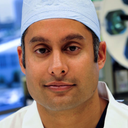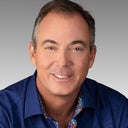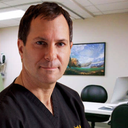Hi, I have performed many SMAS facelifts for over 30 years and have performed many minimally, invasive SMAS facelifts. Repositioning or suspension of the cheek fad pads is not a standard part of a proper SMAS facelift (described below). Often referred to as a cheek lift, there are several issues with this approach (in my humble opinion)....the main one of which is the lack of fatty tissue's ability to be sutured or suspended. Sutures or other suspension methods will eventually wear through the fat. In my experience, facial shaping should be an integral part of any facelift procedure but should use reliable, proven methods that include silastic facial implants (cheek implant, chin implants or lip implants) or an off the shelf dermal filler. Non smiling, resting photos of your face from the front and side would help in the evaluation. The reality is, there are many different ways to perform a facelift from incision length, incision placement, level of tissue dissection (skin only, SMAS, Deep Plane, Subperiosteal), different degrees of tissue undermining, how to lift and support (imbrication versus plication of the SMAS layer), how much excess skin to trim, is excess fat going to be reduced and finally will the overall shape of the face be made more feminine or masculine (while avoiding the over pulled, windswept appearance). Price is determined by the reputation, location and experience of the Facelift Surgeon.





